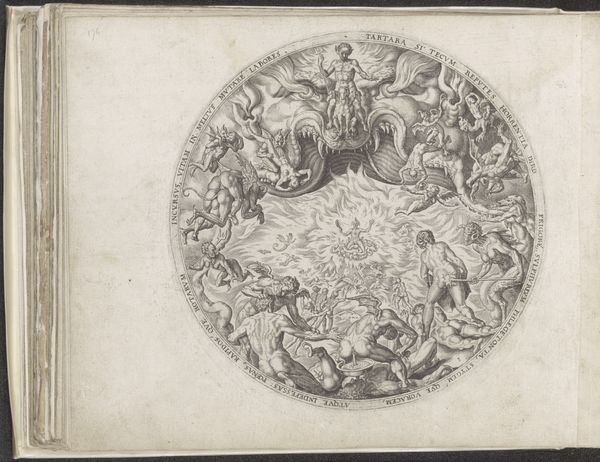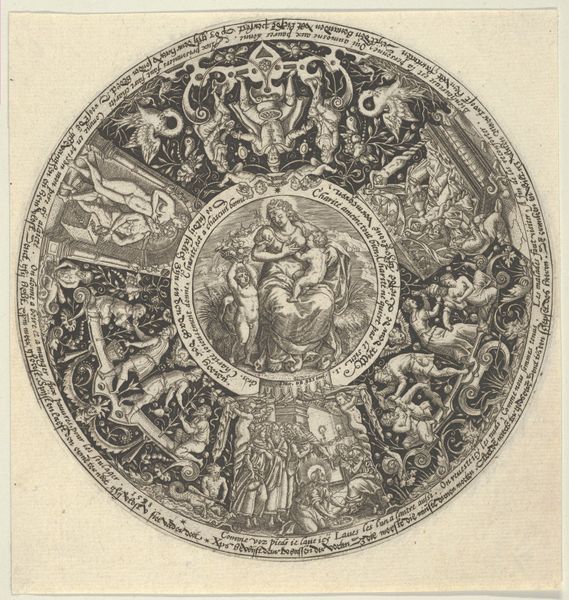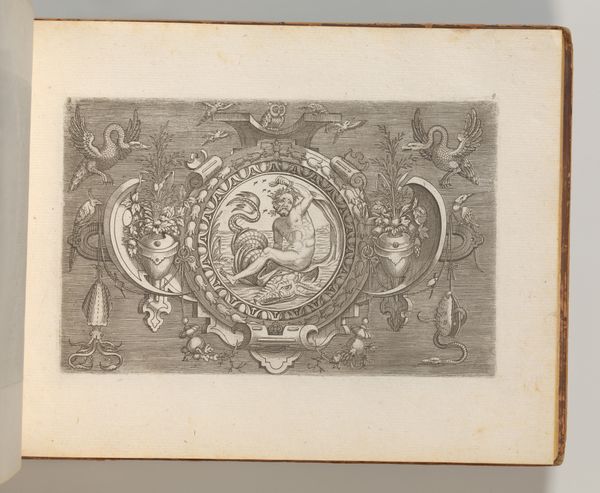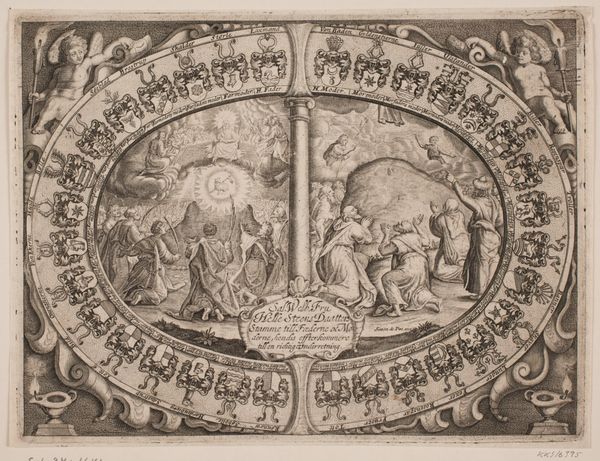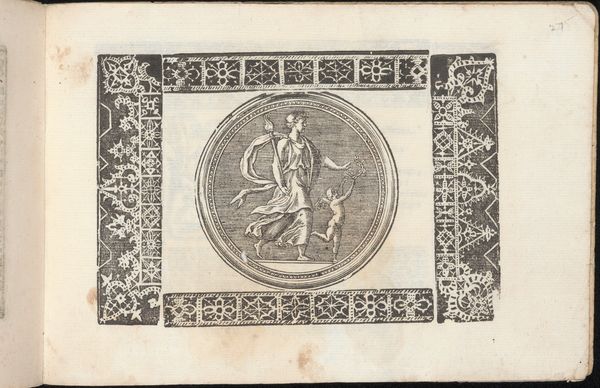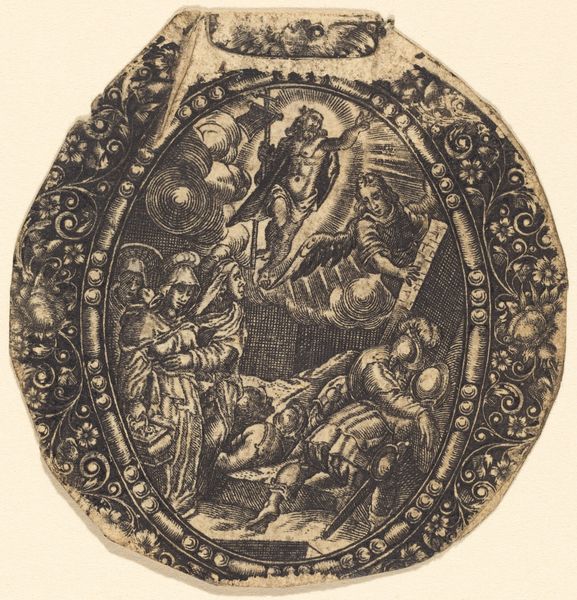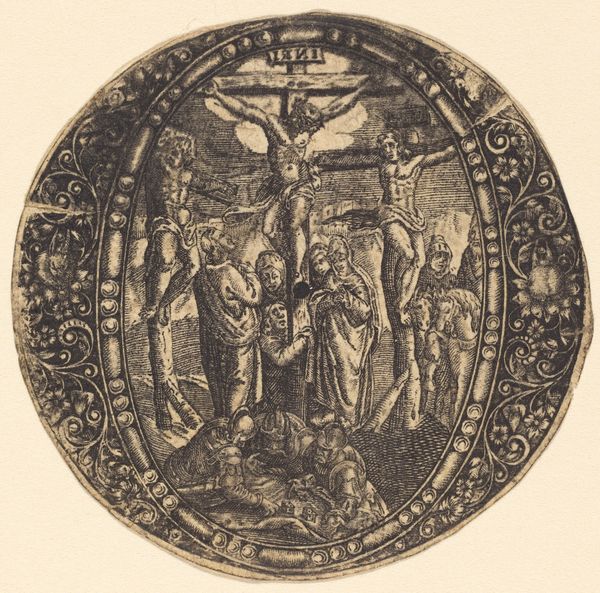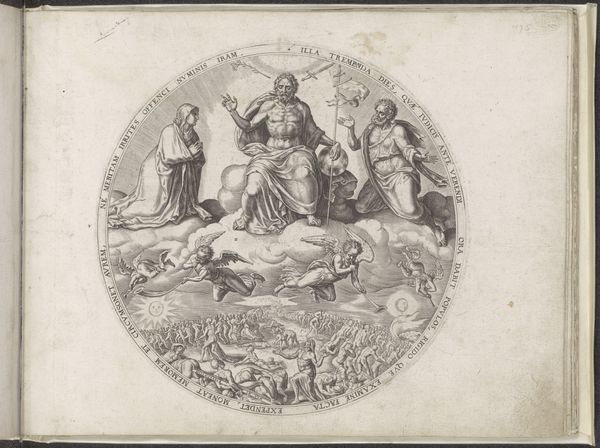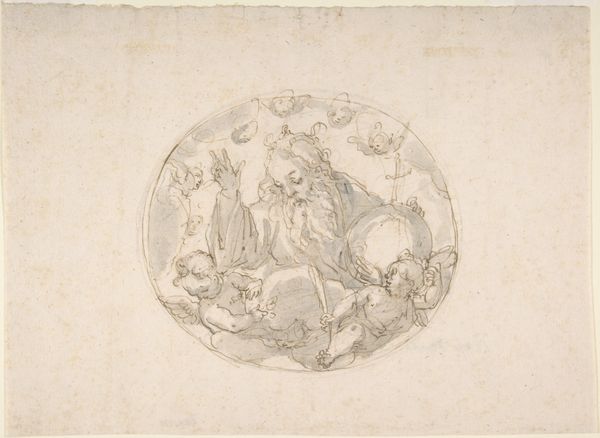
print, engraving
#
allegory
# print
#
mannerism
#
figuration
#
line
#
history-painting
#
engraving
Copyright: Rijks Museum: Open Domain
This image of ‘Hemel’ or ‘Heaven’ was conceived by Philips Galle in the late 16th century, and realized as an engraving. This is an important distinction: the picture was not simply drawn, but produced through skilled labor, using a sharp tool to cut lines into a metal plate, which was then inked and printed. Consider the implications of this process. Engraving allowed for the wide dissemination of images, making them available to a broad public. Galle’s image would have circulated widely, carrying its vision of the cosmos to countless viewers. The very act of reproducing the image transforms the idea it represents. Heaven itself becomes a commodity, something to be consumed and contemplated in the comfort of one's own home. We might also think of the engraver as a kind of translator, rendering the artist’s vision into a language that could be widely understood and appreciated. Ultimately, the image reminds us that art is never simply the product of individual genius, but a collaborative enterprise, shaped by the social and economic forces of its time.
Comments
No comments
Be the first to comment and join the conversation on the ultimate creative platform.
